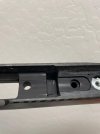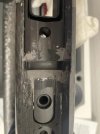BillLarson
Well-Known Member
Gotta say...... another GREAT thread...... I have been using J-B weld for years..... but i,m going to try this soft stuff.... seeing its benefits..... along with vibration absorption....
Thanks everyone who contributed.....
Thanks everyone who contributed.....


